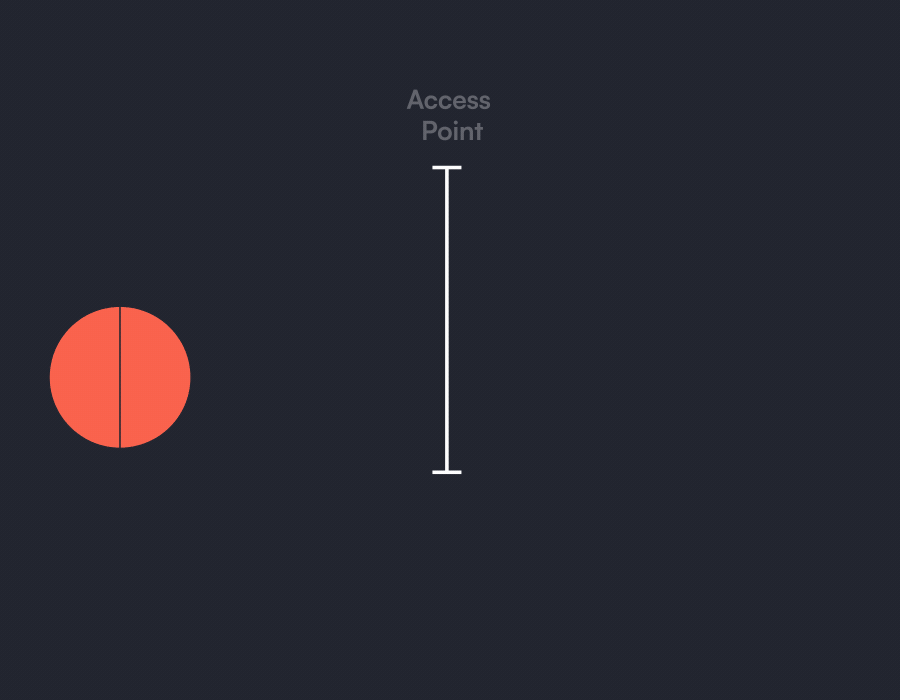Don’t Leave Your Workforce To Their Own Devices
Device-Based Access Control
Request a DemoUncontrolled device access leaves you
with an uncontrollable attack surface
You can't afford to allow access from just any device
Attackers don't access your systems. Their devices do. So open invitations for devices should be a no-no.
Device access policies aren’t one-size fits all
Your workforce. 3rd party contractors. Corp. devices. BYOD. Each group is unique, and needs a different set of device-based access controls.
Authenticating devices on access is a “$#it show”
Trying to get your MDMs to play nice with your IdPs is like trying to force a round peg into a square hole. It’s just too damn hard.
How does one control device access
with so many dimensions in play?
Get the secured access you want for your workforce
with Device-based Access Control
Limit access only to devices you identify with device enrollment
Minimize attack surface by enrolling the devices that you allow your workforce and third parties to access from.

Minimize attack surface by enrolling the devices that you allow your workforce and third parties to access from.
Define device access profiles
Set conditional access that controls the number, type (Computer, Mobile) and classification (Personal, Corporate) of devices allowed per user and user groups.
Set conditional access that controls the number, type (Computer, Mobile) and classification (Personal, Corporate) of devices allowed per user and user groups.
Block account takeover with user-device pinning
Pin users to their devices, so conditional access is not only done via an authenticated user, but also only from devices that belong to that user logging in.

Pin users to their devices, so conditional access is not only done via an authenticated user, but also only from devices that belong to that user logging in.
Controlled access with full coverage
For your workforce and 3rd party network
Differentiate between policies for different people, departments, and devices. While covering all user groups and networks of contractors.
For corporate and personal devices
With device-based access control you can confidently allow employees to access and work from their corporate and personal devices.
For every device type and operating system
Infinipoint covers all the things: PCs, laptops, smartphones and tablets, across all operating systems from Windows to IOS, Linux, and beyond.
